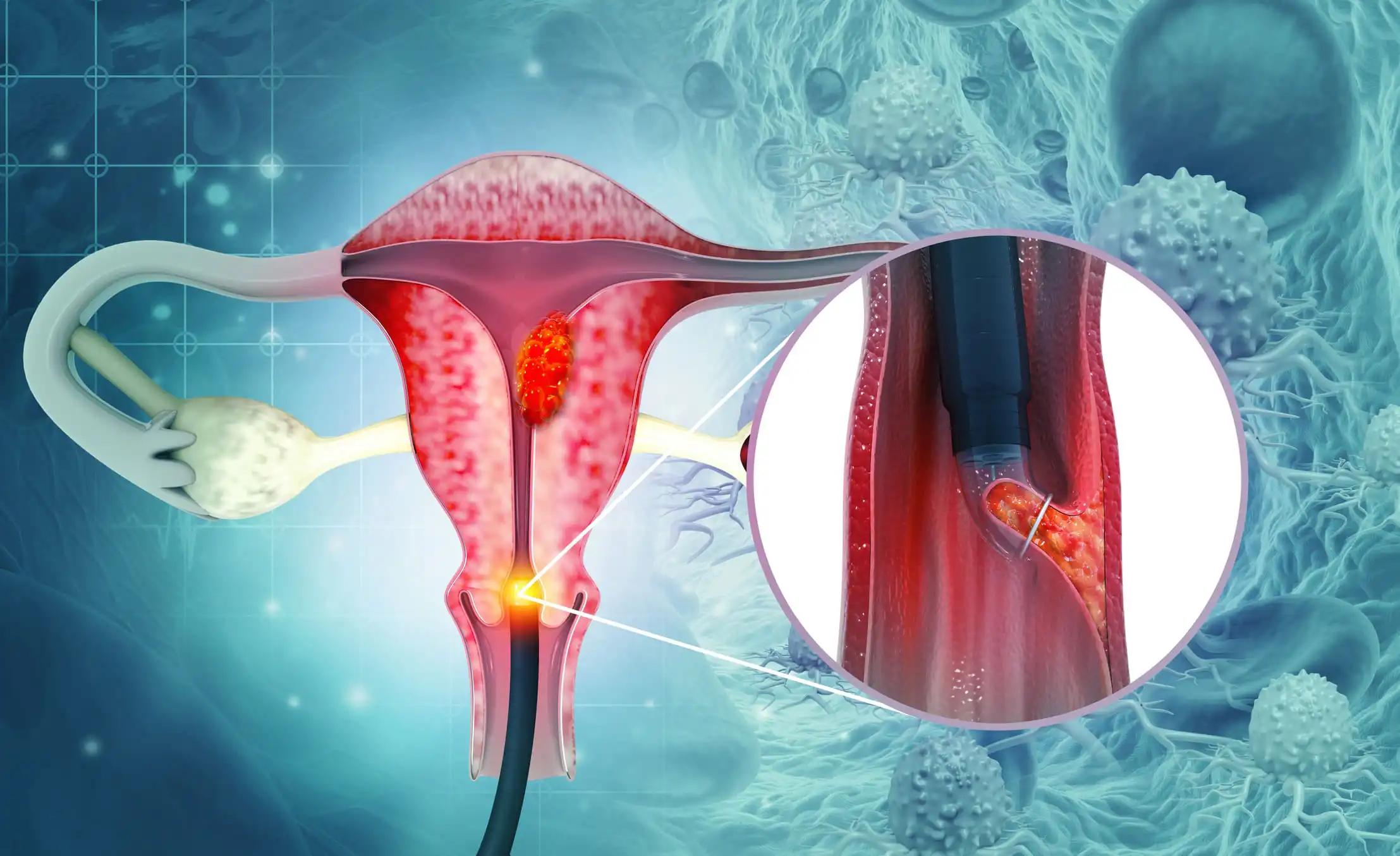KEY TAKEAWAYS
- The study aimed to profile blood lymphocyte indices in patients with HSIL and cervical cancer, examining correlations.
- The results revealed that elevated NLR and PLR levels correlate with HSIL, cervical malignancy, staging, and prognosis.
Ling Wang and the team aimed to profile peripheral blood lymphocytic indices in patients with high-grade squamous intraepithelial lesion (HSIL) and cervical neoplasms and to elucidate the correlation of these hematologic markers with clinicopathological spectra in those diagnosed with cervical carcinoma.
The study utilized a retrospective case-control design, including 39 individuals with HSIL and 42 with cervical carcinoma treated at our facility from July 2020 to September 2023. Each case of cervical malignancy was confirmed through rigorous histopathological examination.
Additionally, 31 healthy women who underwent routine health evaluations during the same period were included as the baseline control group. Clinical demographics, as well as neutrophil-to-lymphocyte ratio (NLR) and platelet-to-lymphocyte ratio (PLR) from peripheral blood samples, were systematically collected and analyzed. Pearson’s correlation coefficient was used to examine the relationship between peripheral NLR and PLR levels and the clinicopathological features in the cervical cancer group.
The results revealed statistically significant differences in PLR and NLR values among the three groups (F = 36.941, 14.998, P< 0.001, respectively). While differences in NLR (P = 0.061) and PLR (P= 0.759) between the cervical carcinoma and HSIL groups were not statistically significant, these indices were markedly higher in the cervical carcinoma group compared to the control group (t = 5.094, 5.927; P< 0.001 for both parameters).
A clear gradation in peripheral blood PLR and NLR levels was observed when stratified by clinical stage and the depth of myometrial invasion in cervical cancer patients (P< 0.001). The correlation analysis showed a positive relationship between peripheral blood PLR and clinical stage, as well as the invasiveness of neoplastic cells into the muscularis propria (P < 0.05). A similar trend was observed with NLR values (P< 0.05).
The study concluded that elevated NLR and PLR levels in peripheral blood samples suggest the presence of HSIL and cervical malignancy. These hematological parameters show a significant correlation with clinical staging and depth of muscular wall penetration, indicating their potential as discriminative biomarkers for diagnosing and predicting the prognosis of cervical cancer.
No funding was provided.
Source: https://pubmed.ncbi.nlm.nih.gov/38846752/
Wang L, Dong Y. (2024). “Peripheral blood immune cell parameters in patients with high-grade squamous intraepithelial lesion (HSIL) and cervical cancer and their clinical value: a retrospective study.” PeerJ. 2024 Jun 3;12:e17499. doi: 10.7717/peerj.17499. PMID: 38846752; PMCID: PMC11155673.



